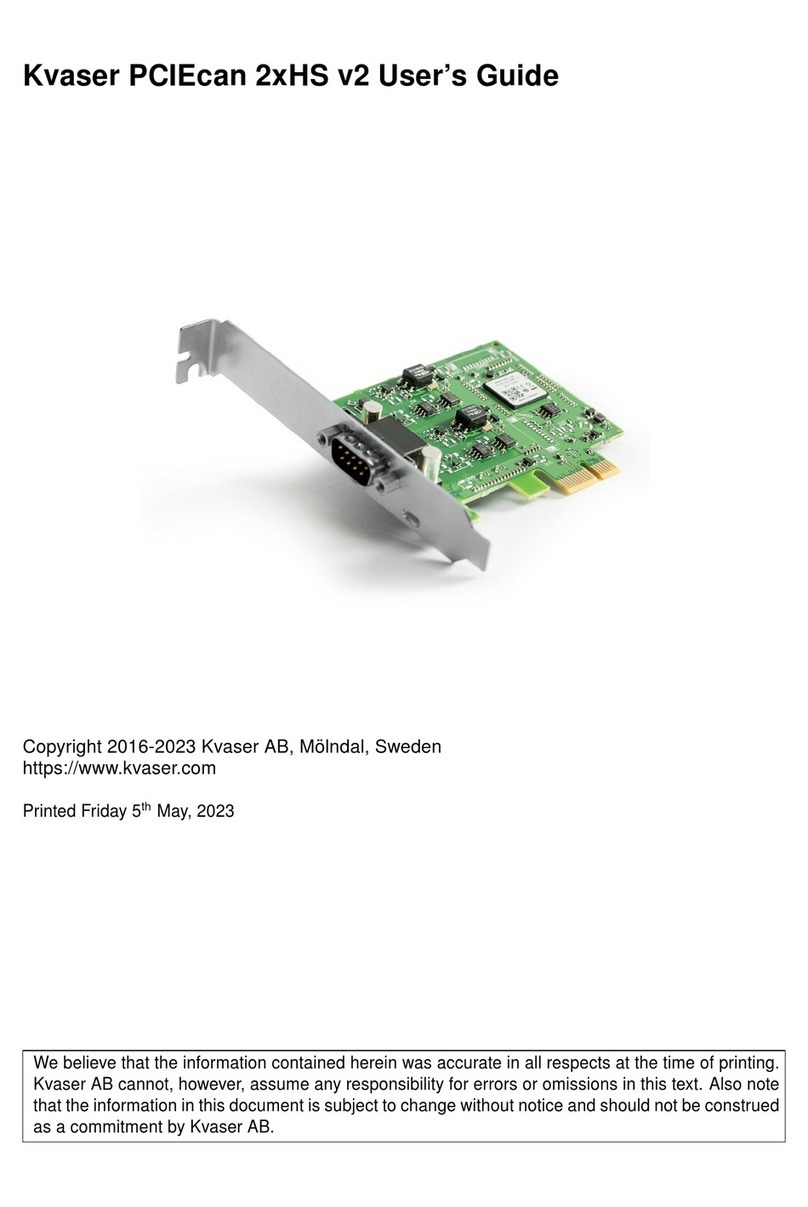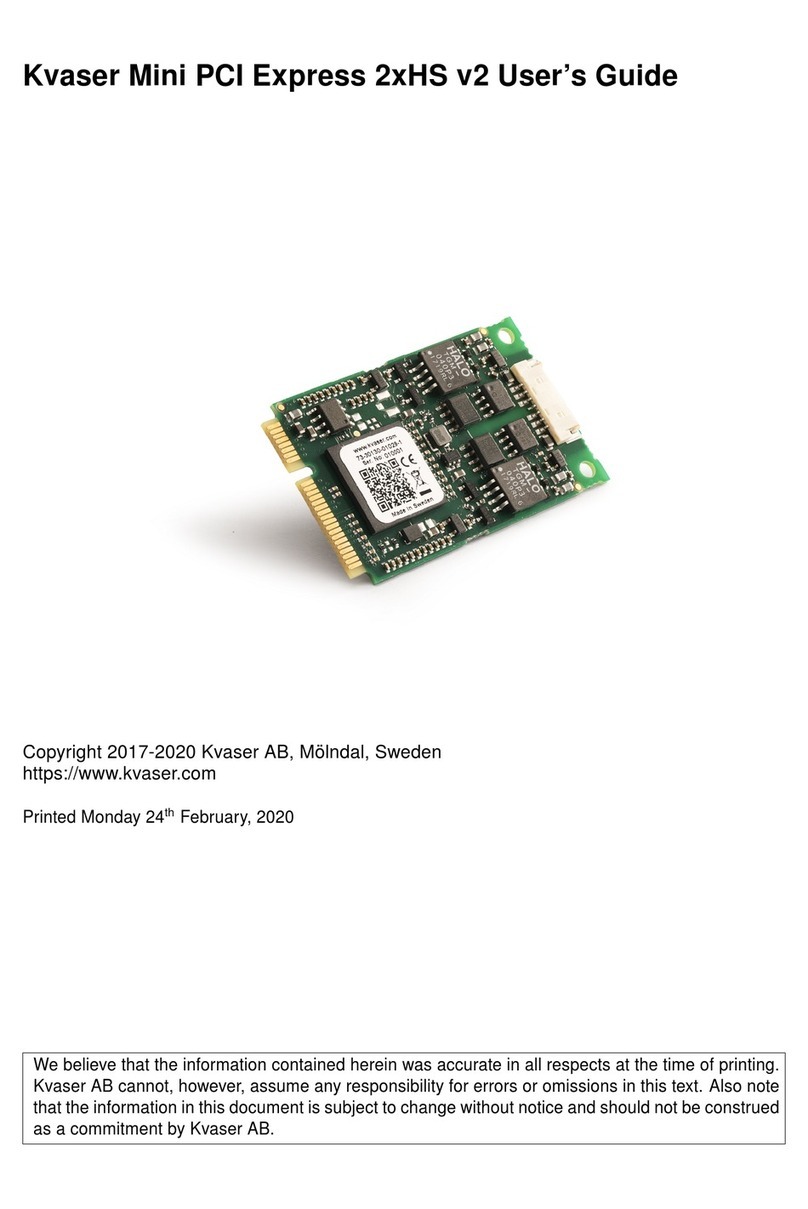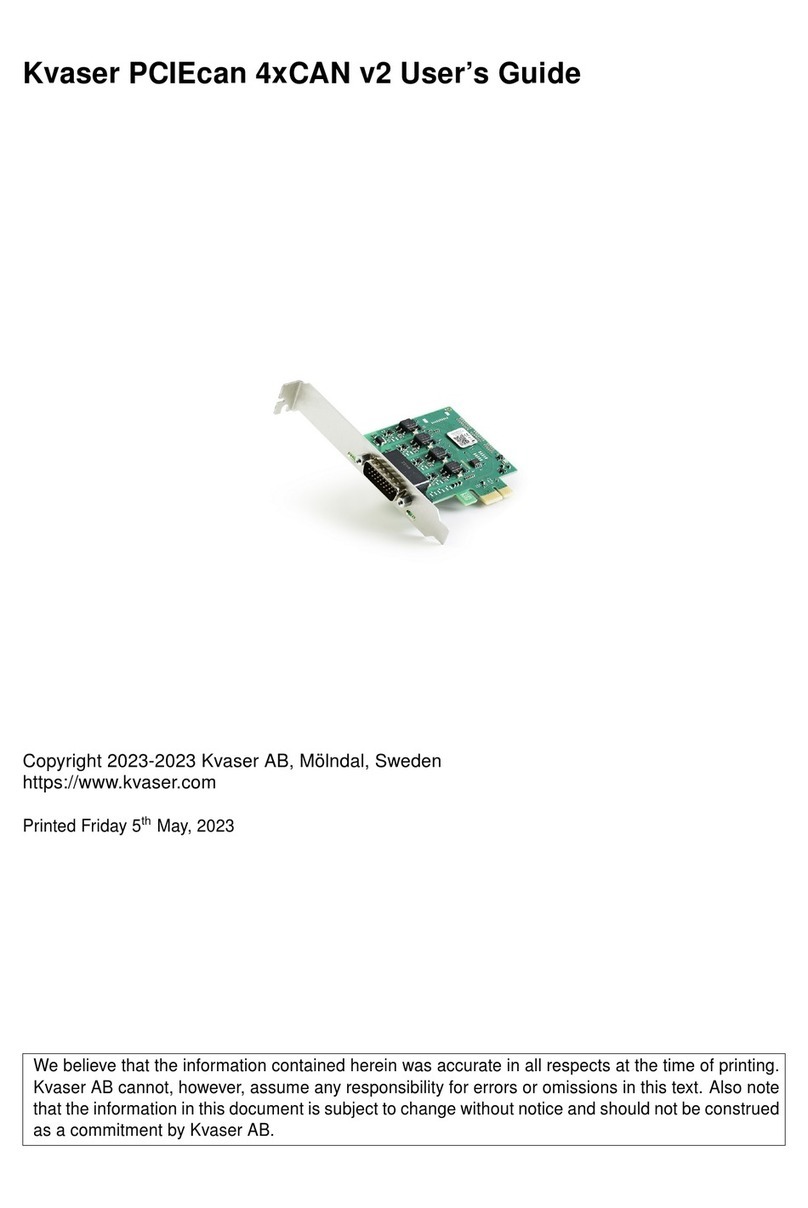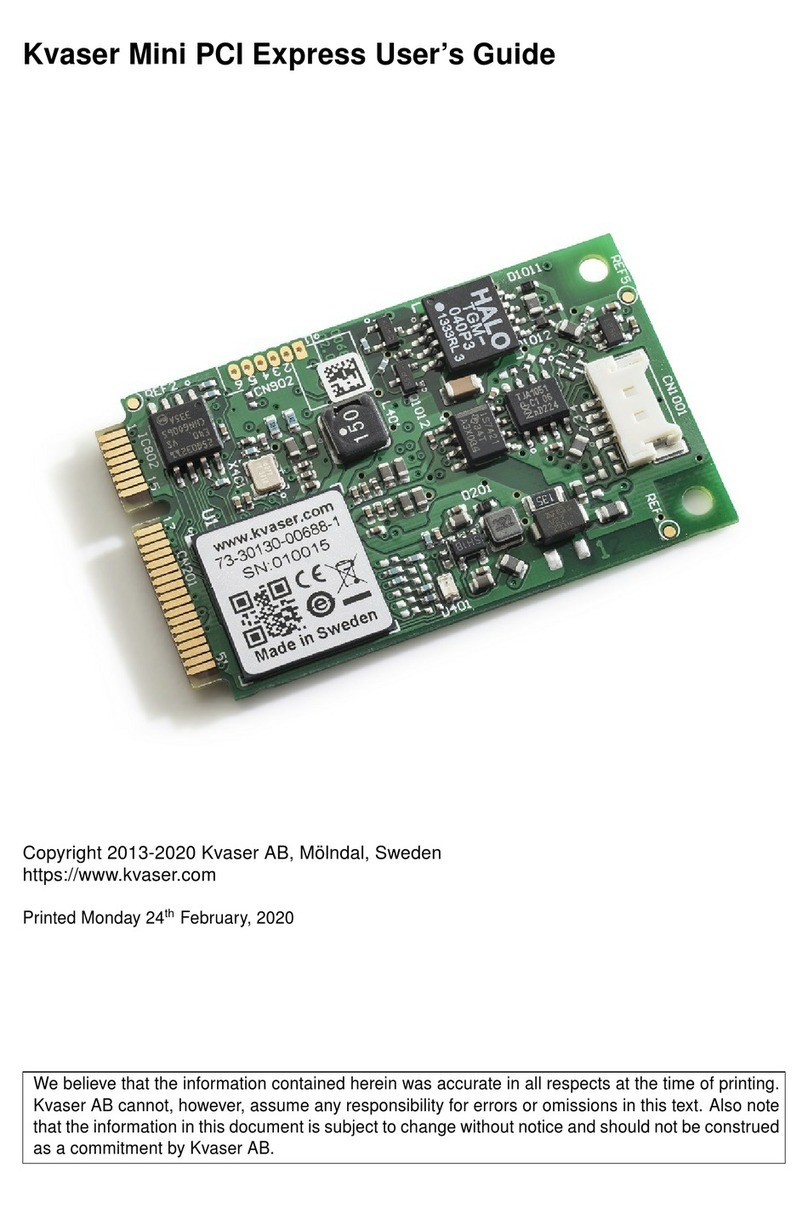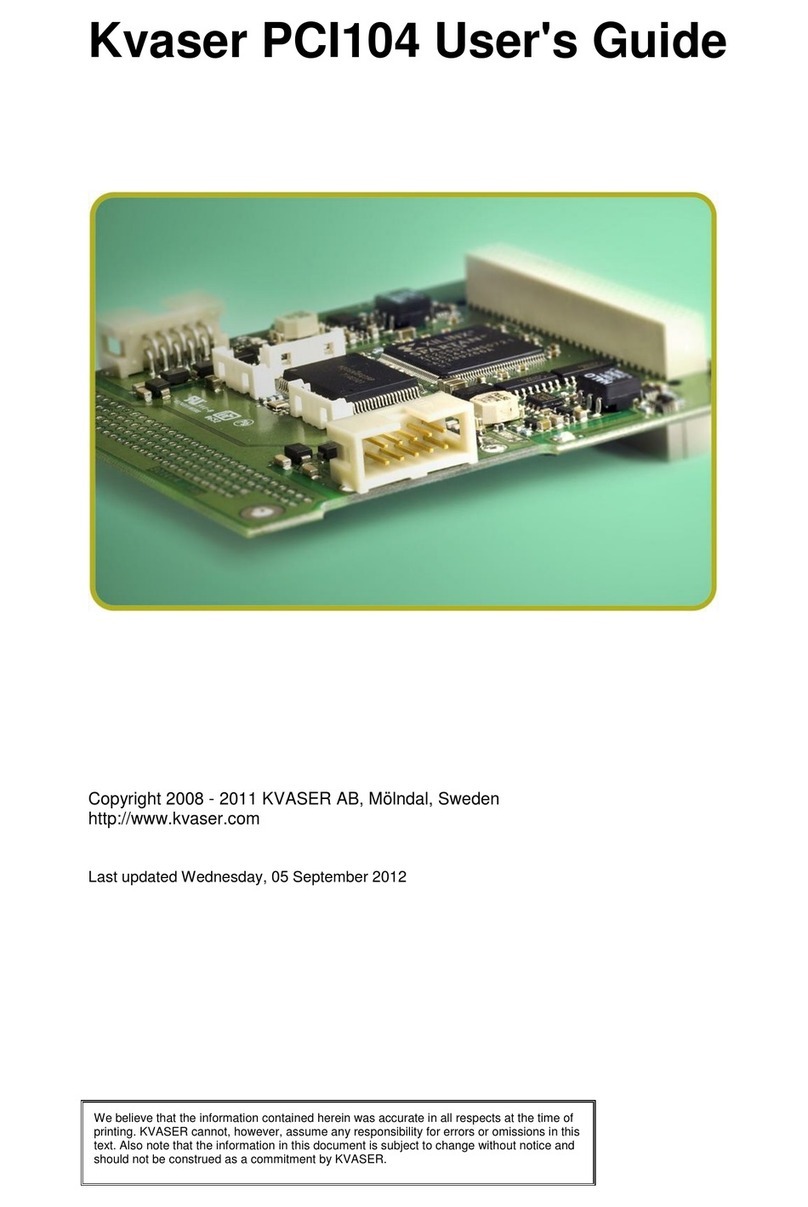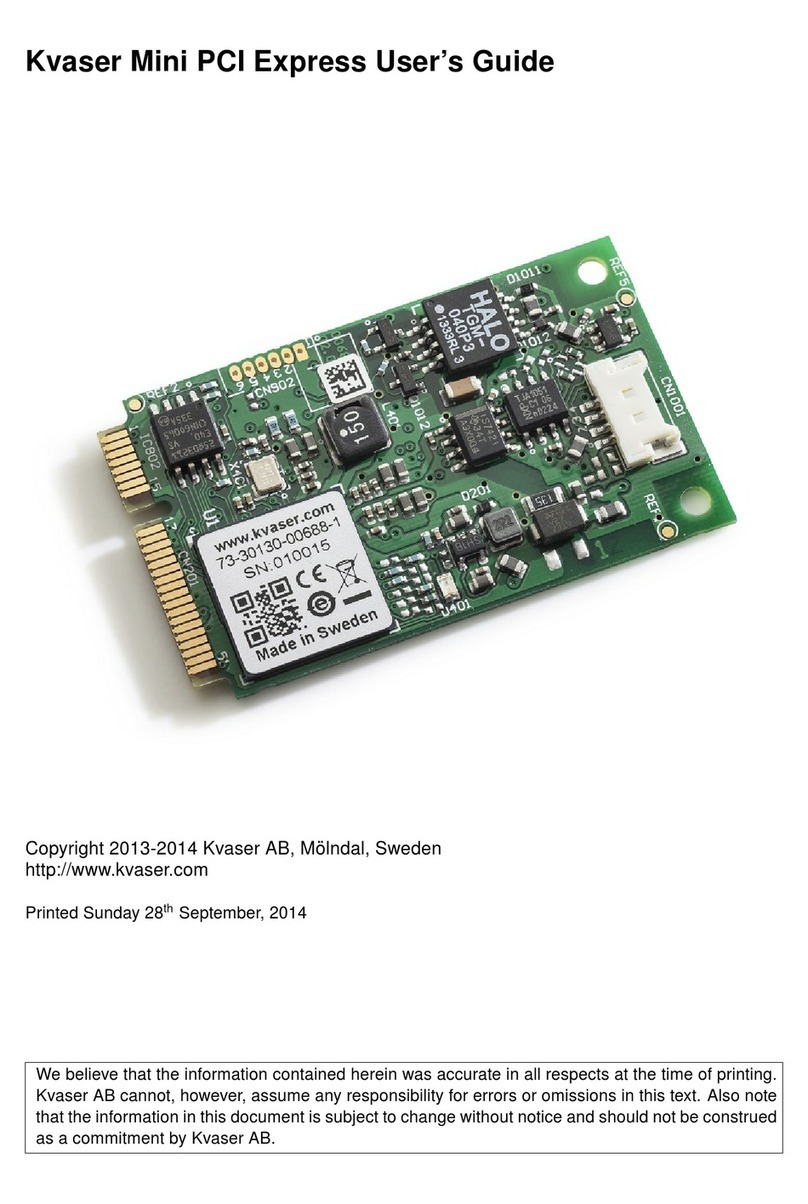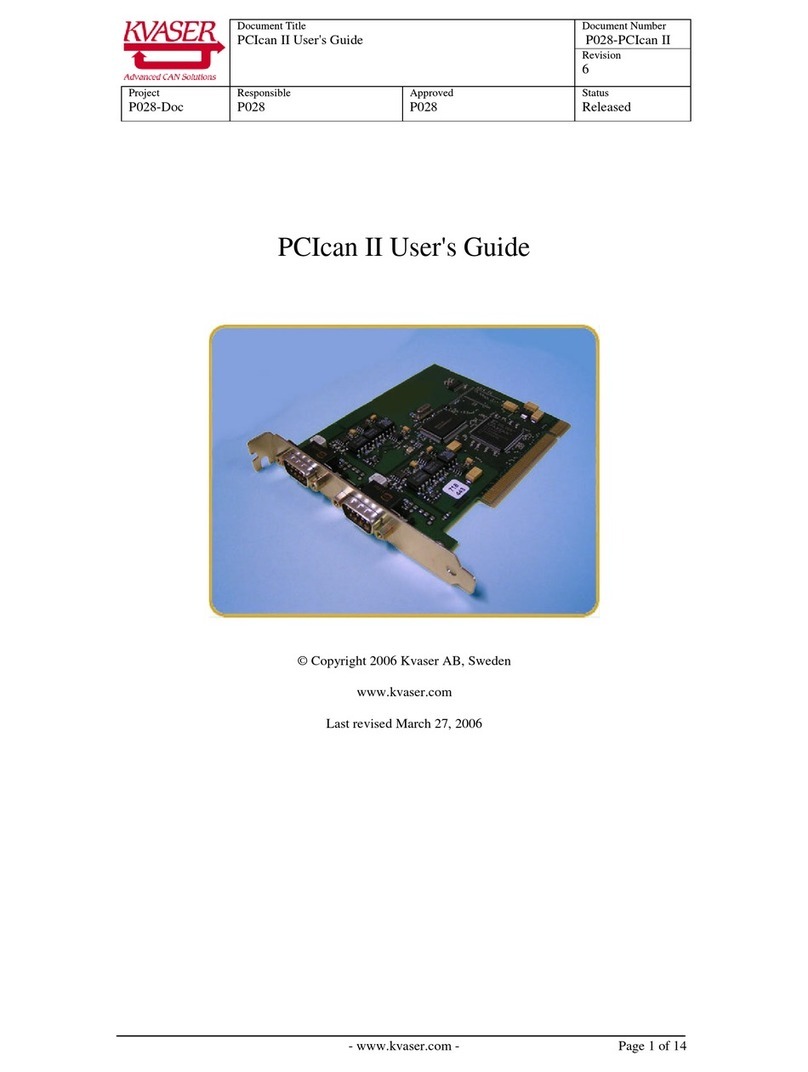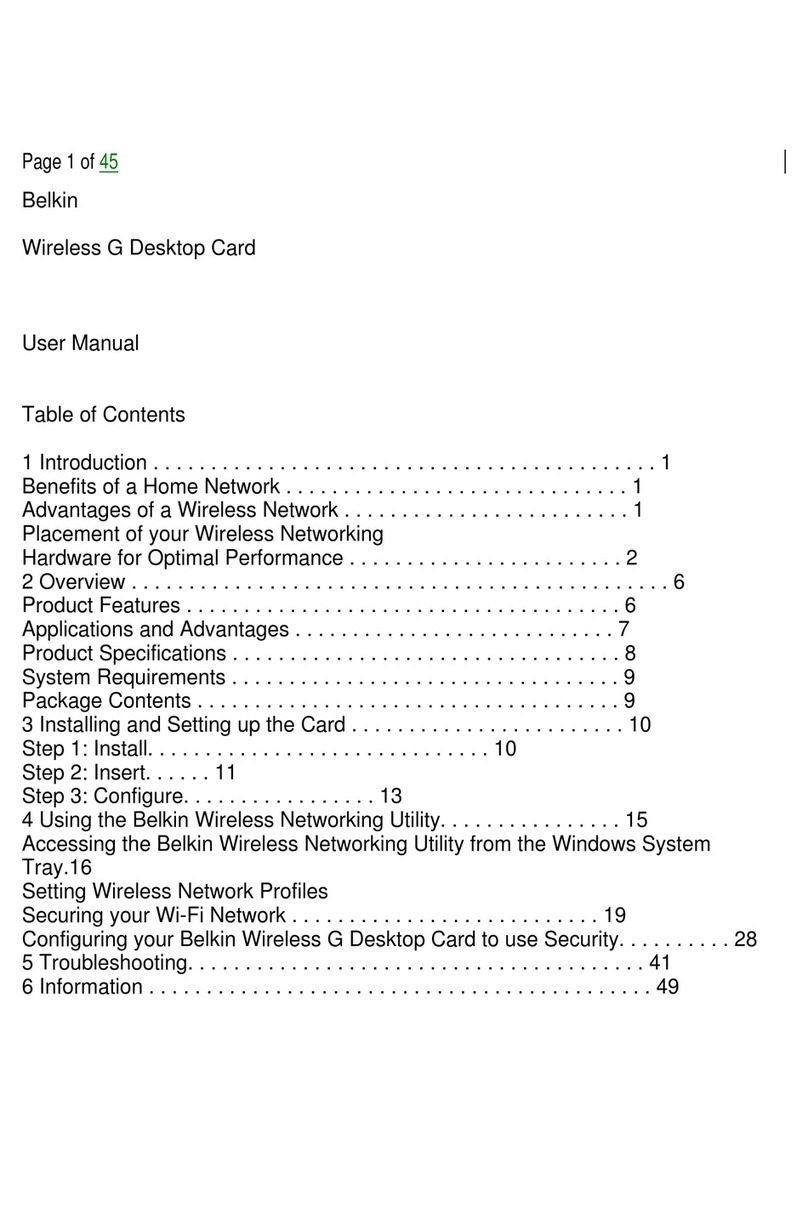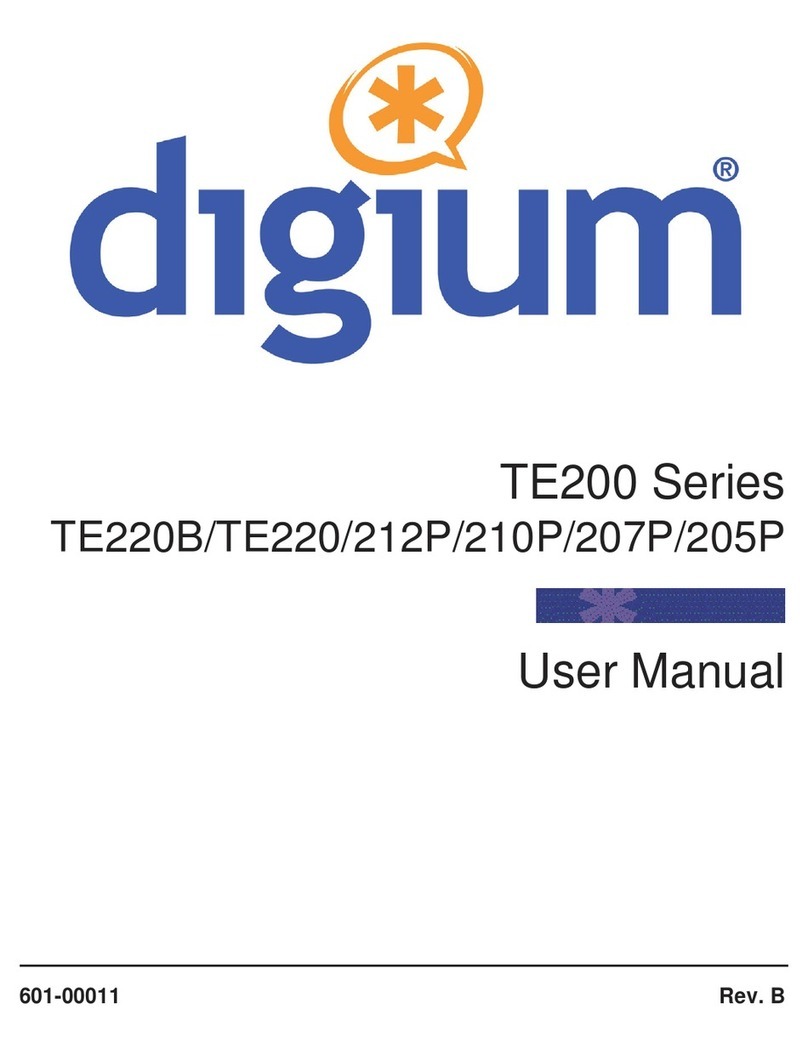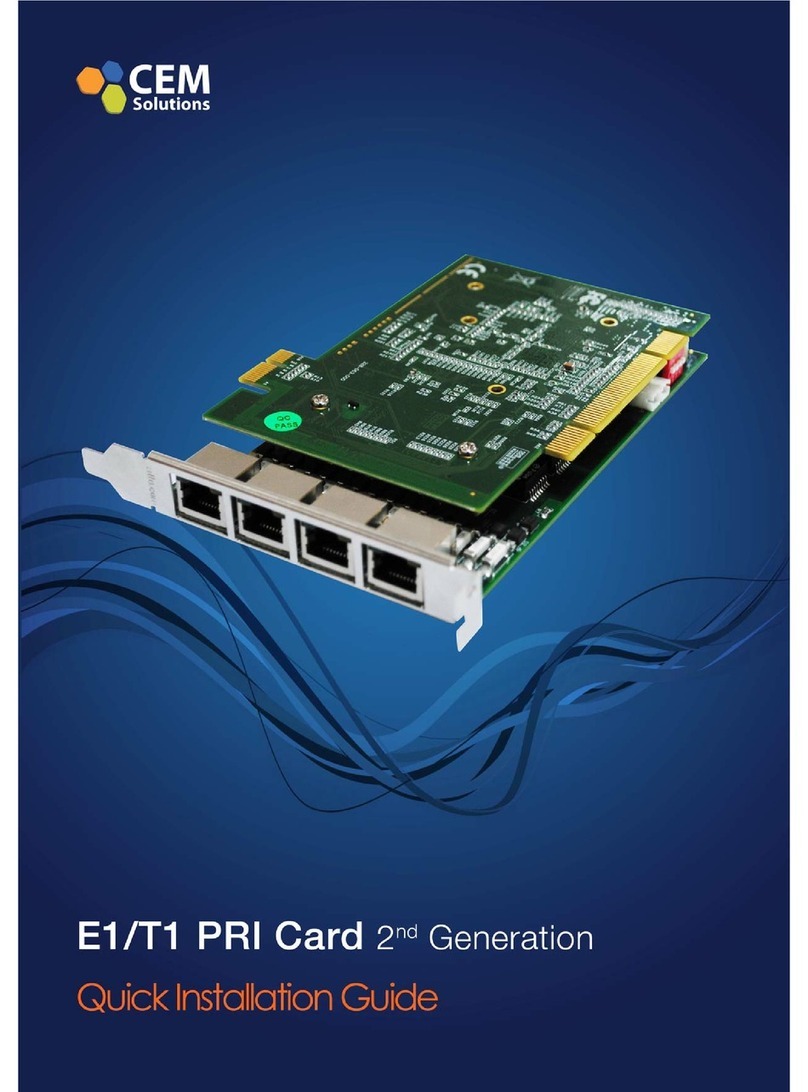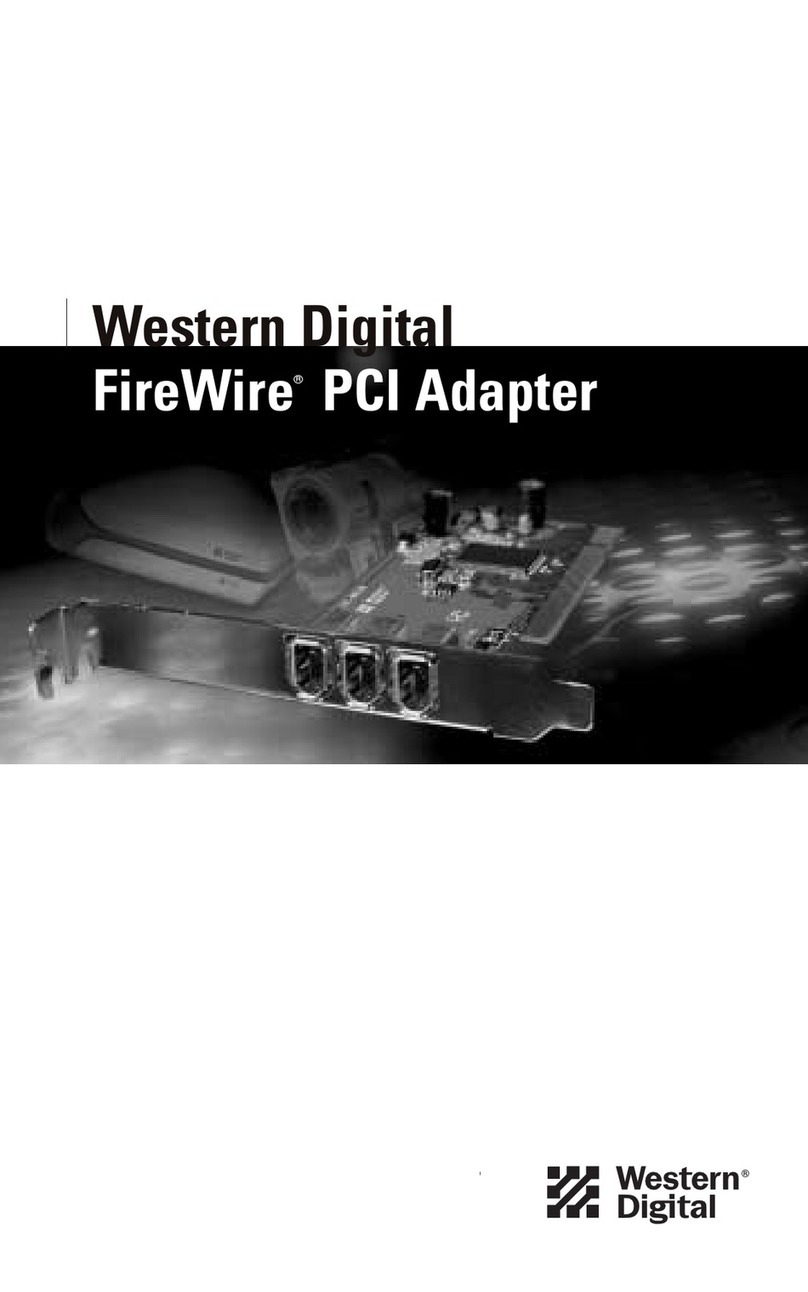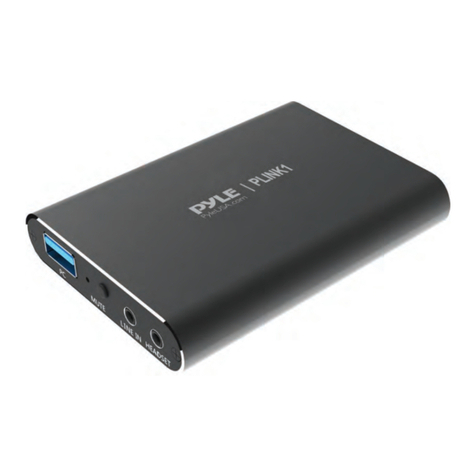
Kvaser PCIcan II User's Guide 5(16)
Kvaser AB, Mölndal, Sweden —www.kvaser.com
2.2 General description
Kvaser PCIcan II is an interface board that connects up to two CAN networks to a PC using
the PCI bus. You can with benefit use several Kvaser PCIcan II boards on the same PC.
It contains the powerful M16C micro-controller from Renesas with two built-in CAN
controllers. It handles CAN messages with 11 bit (CAN 2.0A) as well as 29 bit (CAN 2.0B)
identifiers. Remote frames can be sent and received without restrictions. PCIcan II can detect
and generate error frames on the CAN bus. PCIcan II provides one or two completely
independent CAN channels with separate connectors. The CAN bus transceivers are
integrated into the device. The Kvaser PCIcan II is an improved version of the Kvaser PCIcan
family of boards. It is fully compatible with the Kvaser PCIcan boards but features:
Improved performance
High performance on-board microcontroller
Large on-board RAM buffer for CAN messages
Kvaser offers excellent software support. All Kvaser products utilize the common and user
friendly Application Programming Interface, Kvaser CANlib API. It enables you to run any
applications using Kvaser CANlib API on any Kvaser products, without the need of editing the
code and recompile it.
Example of supported PCI, PC/104-Plus, USB and PCMCIA interfaces:
Kvaser PCIcanx II
Kvaser PCIcanx
Kvaser PC104+
Kvaser PCIcan II
Kvaser PCIcan
Kvaser PCcan
Kvaser Leaf Professional / SemiPro / Light
Kvaser Memorator II
Kvaser Memorator
Kvaser LAPcan II
Kvaser LAPcan
2.3 PCIcan II features
Compliant with PCI revision 2.2
High performance on-board microcontroller
Communicates with the PC through a fast DPRAM
Large on-board RAM buffer to off load the PC
Supports CAN 2.0 A and 2.0 B (active)
Supports “Silent Mode”
ISO 11898-2 compliant High Speed CAN transceivers
Supports bit rates from 20 kbit/s up to 1 Mbit/s
CAN oscillator frequency: 16MHz
DC/DC power supply to galvanically isolated bus drivers –no need for extra external
power supply
High-speed isolator circuits between CAN circuits and CAN drivers
Quick and easy plug and play installation
Interfaces the CAN bus with industry standard DSUB connector(s)
